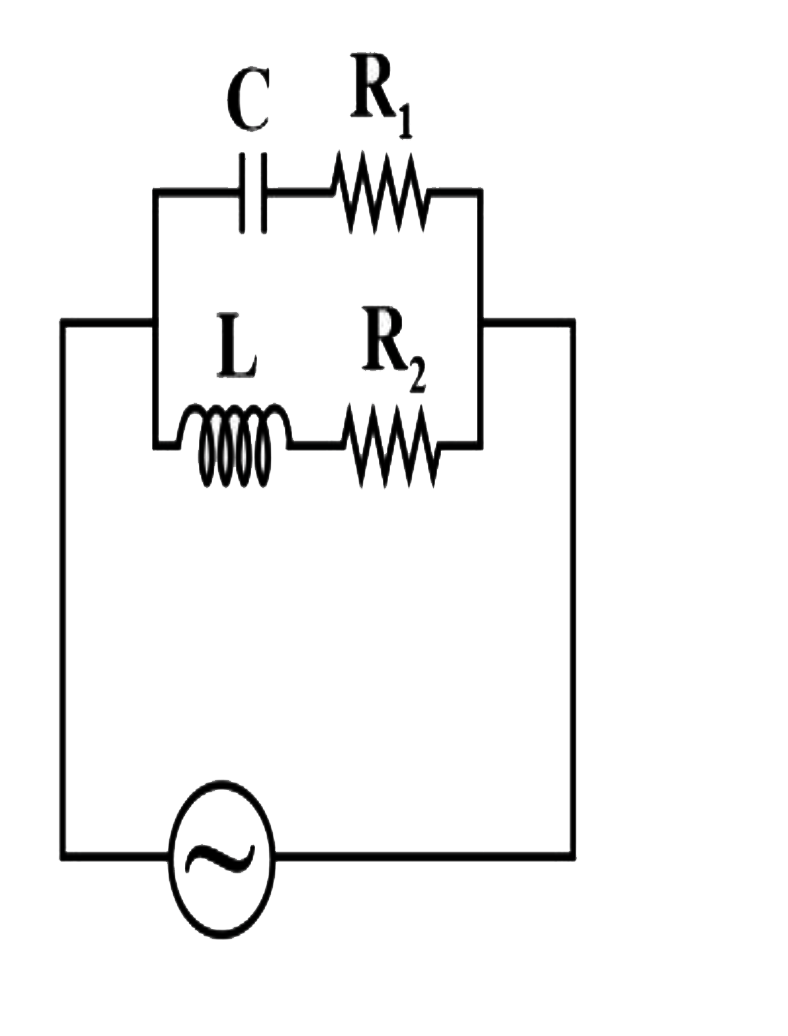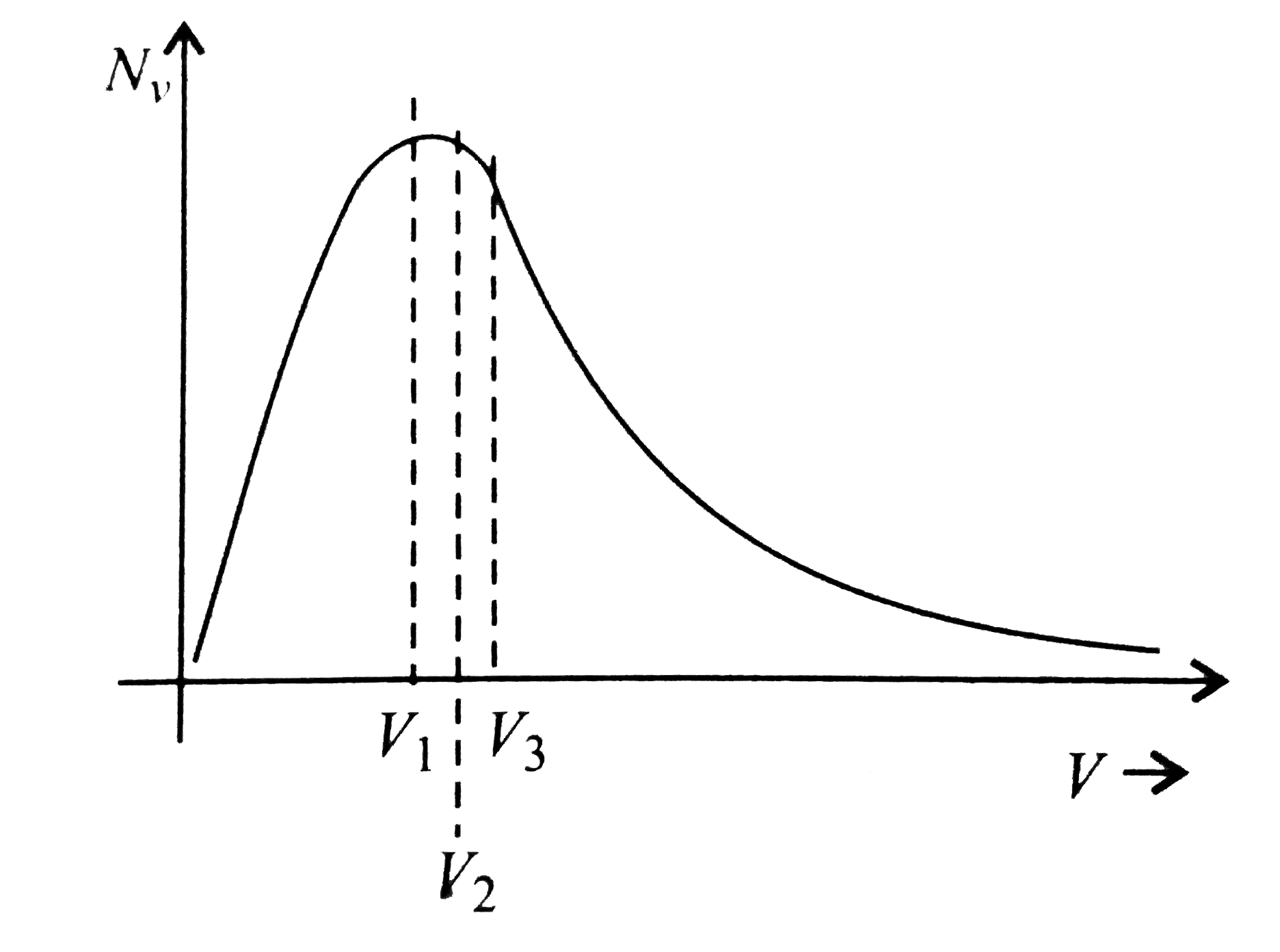The velocities of our molecules are V, 2V, 4V and √2V, respectively. Their r.m.s. speed is
2.4v
2.2 v
24 v
0.2 v
To find the root mean square (r.m.s.) speed of the molecules with velocities V,2V,4V, and √2V, we will follow these steps:
Step 1: Understand the formula for r.m.s. speed
The r.m.s. speed is calculated using the formula:
Vrms=√v21+v22+v23+v24N
where N is the number of velocities (in this case, N=4).
Step 2: Identify the velocities
The given velocities are:
- v1=V
- v2=2V
- v3=4V
- v4=√2V
Step 3: Calculate the squares of the velocities
Now, we will calculate the squares of each velocity:
- v21=V2
- v22=(2V)2=4V2
- v23=(4V)2=16V2
- v24=(√2V)2=2V2
Step 4: Sum the squares of the velocities
Now, we add these squared values:
v21+v22+v23+v24=V2+4V2+16V2+2V2=(1+4+16+2)V2=23V2
Step 5: Divide by the number of velocities
Next, we divide the sum of the squares by the number of velocities:
v21+v22+v23+v24N=23V24
Step 6: Take the square root
Finally, we take the square root to find the r.m.s. speed:
Vrms=√23V24=√23⋅V2=√232V
Step 7: Approximate the value
Calculating √23 gives approximately 4.79, so:
Vrms≈4.792V≈2.395V
Thus, the r.m.s. speed is approximately 2.4V.
Final Answer
The r.m.s. speed of the molecules is Vrms≈2.4V.
---
The r.m.s. speed is calculated using the formula:
Vrms=√v21+v22+v23+v24N
where N is the number of velocities (in this case, N=4).
The given velocities are:
- v1=V
- v2=2V
- v3=4V
- v4=√2V
Now, we will calculate the squares of each velocity:
- v21=V2
- v22=(2V)2=4V2
- v23=(4V)2=16V2
- v24=(√2V)2=2V2
Now, we add these squared values:
v21+v22+v23+v24=V2+4V2+16V2+2V2=(1+4+16+2)V2=23V2
Next, we divide the sum of the squares by the number of velocities:
v21+v22+v23+v24N=23V24
Finally, we take the square root to find the r.m.s. speed:
Vrms=√23V24=√23⋅V2=√232V
Calculating √23 gives approximately 4.79, so:
Vrms≈4.792V≈2.395V
The r.m.s. speed of the molecules is Vrms≈2.4V.
Similar Questions
The velocities of three molecules are 3v, 4v and 5v. Calculate their root mean square velocity.
View SolutionThe velocities of three molecules are 3v, 4v and 5v. Calculate their root mean square velocity.
View SolutionIf the velocities of three gas molecules are √7, 4 and 5 m/s, then there Vrms ( in m/s) will be
View SolutionIf speeds of the four molecules of an ideal gas are v, 3v, 5v and 7v respectively, then the mean square speed of the molecules will be
View SolutionA proton a deutron and an α particle are accelerated through potentials of V,2V and 4V respectively. Their velocity will bear a ratio
View SolutionA proton a deutron and an α particle are accelerated through potentials of V,2V and 4V respectively. Their velocity will bear a ratio
View SolutionIn the given circuit the R.M.S values of voltages across the capacitor C, inductor L and resistor R1 are 12V, 10V and 5 V respectively. Then the peak voltage across R2 is

View SolutionA uniform electric fied exists in x-y plane. The potential of ponts A(2m,2m),B(−2m,2m) and C(2m,3m) are 4V,16V and 12V respectively. The electric field is
View SolutionTwo identical photo-cathodes receive light of frequencies v1 and v2. If the velocities of the photoelectrons (of mass m) coming out are v1 and v2 respectively, then
View SolutionThe distribution of the molecular velocities of gas molecules at any temperature T is shown below. (The plot below is known as Maxwell's distribution of molecular speeds.)

where
v is molecular velocity
n is number of molecules having velocity v
Let us define ΔNv, which is equal to the number of molecules between the velocity range v and v+Δv, given by
ΔNv=4πNa3e−bv2v2Δv
where
N is total number of molecules
a=√M02πRT and b=M02RT
R is universal gas constant
T is temperature of the gas
M0 is molecular weight of the gas
Answer the following question:
SI units of a are
View Solution
